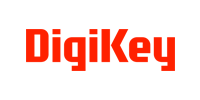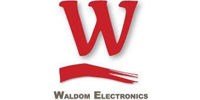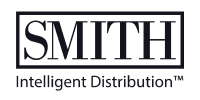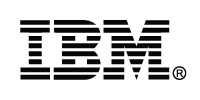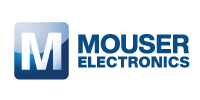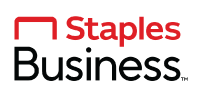Combating Counterfeit Parts with Smarter Packaging and Labeling
Download this article in PDF format.
Counterfeit electronics are a pervasive problem for component buyers who need inventory that they can trust. For them, fake parts are much more than just an annoyance or inconvenience. They can impact product performance, delay production schedules and even trigger product recalls. Unfortunately, the bad actors continue to come out of the woodwork.
To fight back, some companies are turning to smart packaging solutions that both deter and detect counterfeiting. Serialized tracking, tamper-evident seals and radio frequency identification (RFID) tags are just some of the innovations being put to work on the counterfeit front right now. Newer innovations like blockchain integration, Internet of Things (IoT) connected tags and authentication that uses artificial intelligence (AI) are also helping electronic buyers spot and avoid fakes.
The anti-counterfeit market’s momentum is showing up in the numbers. According to Archive Market Research (AMR), the global anti-counterfeit electronic tags market is experiencing robust growth, driven by increasing concerns over product counterfeiting across various industries. The market is currently valued at about $5 billion, expanding at a compound annual growth rate (CAGR) of 12% and expected to exceed $12 billion by 2033.
AMR says the expansion is being fueled by several key factors, including the rising adoption of sophisticated authentication technologies like RFID and near field communication (NFC) tags. “Furthermore, stringent government regulations and increasing consumer awareness regarding product authenticity are bolstering market growth,” the company points out. “Companies are actively investing in developing innovative and cost-effective anti-counterfeit solutions to meet the growing demand.”
What are Anti-Counterfeit Tags?
Anti-counterfeit electronic tags encompass a wide range of technologies, including RFID, NFC and other electronic marking techniques. Often minuscule and integrated into packaging or products, these tags store unique identifiers that can be read with specialized scanners, verifying authenticity and preventing counterfeiting.
AMR says advanced versions incorporate advanced encryption, tamper evidence, and even data logging to track product movement and conditions. “The choice of tag technology depends on factors like application requirements, cost constraints, and the need for data security,” the company explains. “Data can be managed through sophisticated cloud-based platforms that provide real-time verification and tracing.”
Demand for the tags is growing fastest in developing regions, according to AMR, despite the upfront costs and potential for integration challenges. The need to protect products and brands continues to drive innovation and investment. Most of the current market growth is happening in North America, Europe and East Asia, where strong regulations and rising consumer expectations are pushing adoption.
The Push to Thwart Counterfeiting is on
Some organizations are sticking with familiar tools like RFID tags and QR codes to combat counterfeits, but others are pushing into new territory. For example, they’re using light-sensitive materials, AI and advanced printing to make their packaging harder to fake and easier to verify.
For example, a joint research team from National Yang Ming Chiao Tung University (NYCU) and Germany’s Karlsruhe Institute of Technology has developed a nanochannel technology that mimics algae’s light-sensing ability, providing a novel tool for anti-counterfeiting and smart materials.
The breakthrough replicates phototaxis (i.e., the way green algae respond to light) by using a photosensitive polymer embedded in nanochannels to control ion flow. According to Taiwan News, the system can switch its behavior when exposed to ultraviolet light, offering a new mechanism for light-controlled functions. The innovative approach could be used in applications like product authentication, document security and/or high-value packaging.
In another example, Inovar Packaging Group has developed label and packaging solutions that enhance and support the product authentication process. “The counterfeit product market is becoming increasingly sophisticated, with counterfeiters adopting advanced technologies,” Inovar’s Ashley Stewart told Tech Explorist.
Inovar has been working with the RFID Lab at Auburn University to develop its innovative solutions. The company offers “Cast and Cure” for a holographic look plus specialty foils, glitter additives and tactile varnishes that make products harder to replicate. The company also produces “hidden solutions” for anti-counterfeiting, including black light additives that are added to label coatings during production and used to determine label authenticity.

